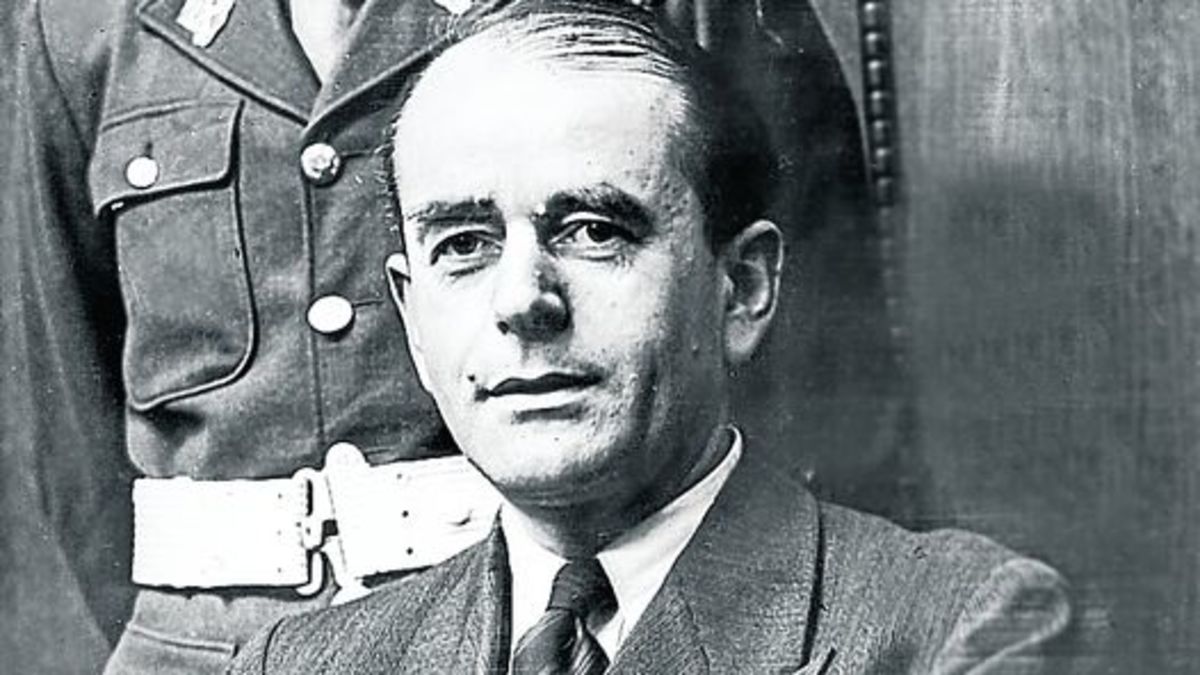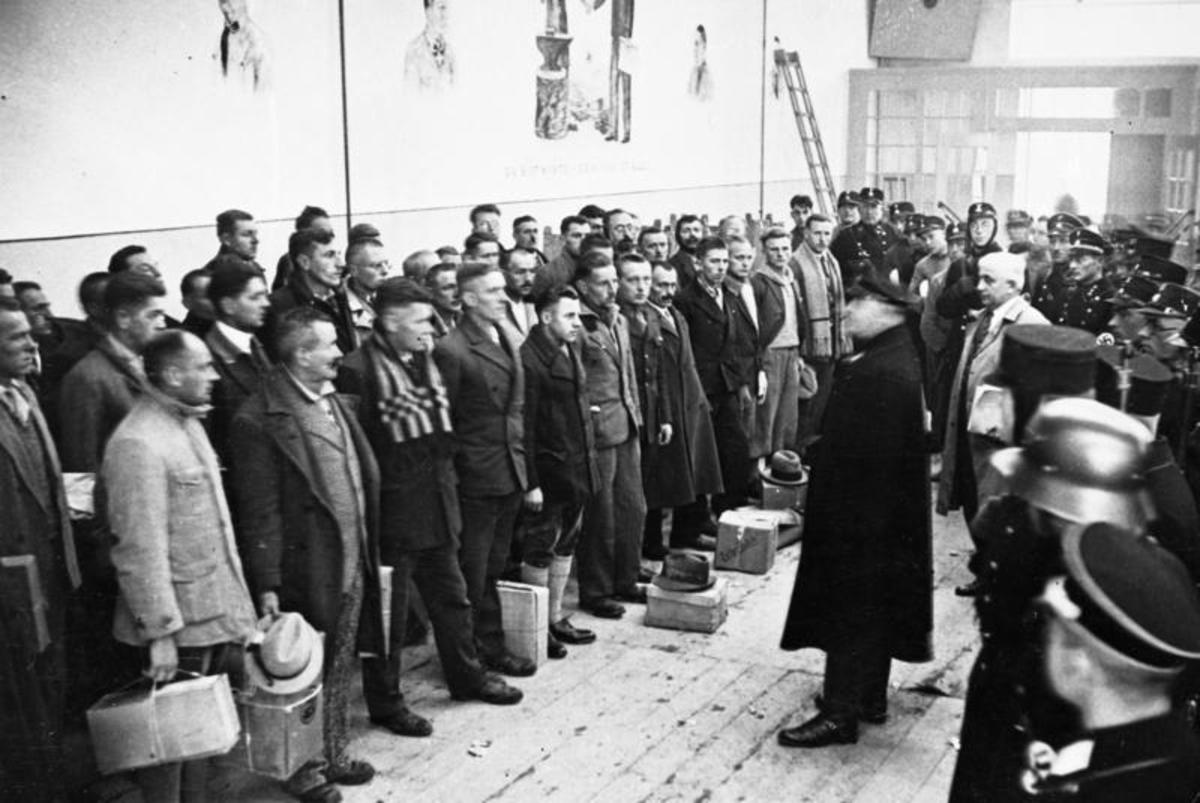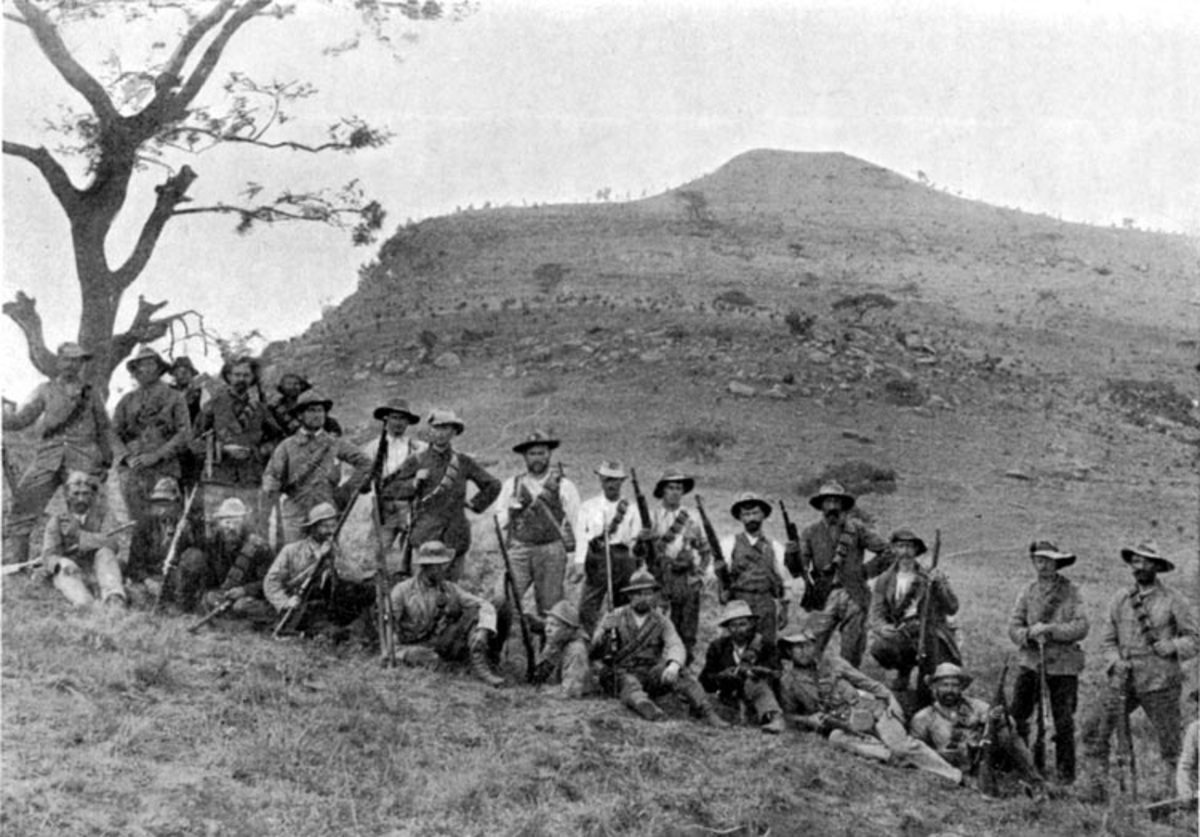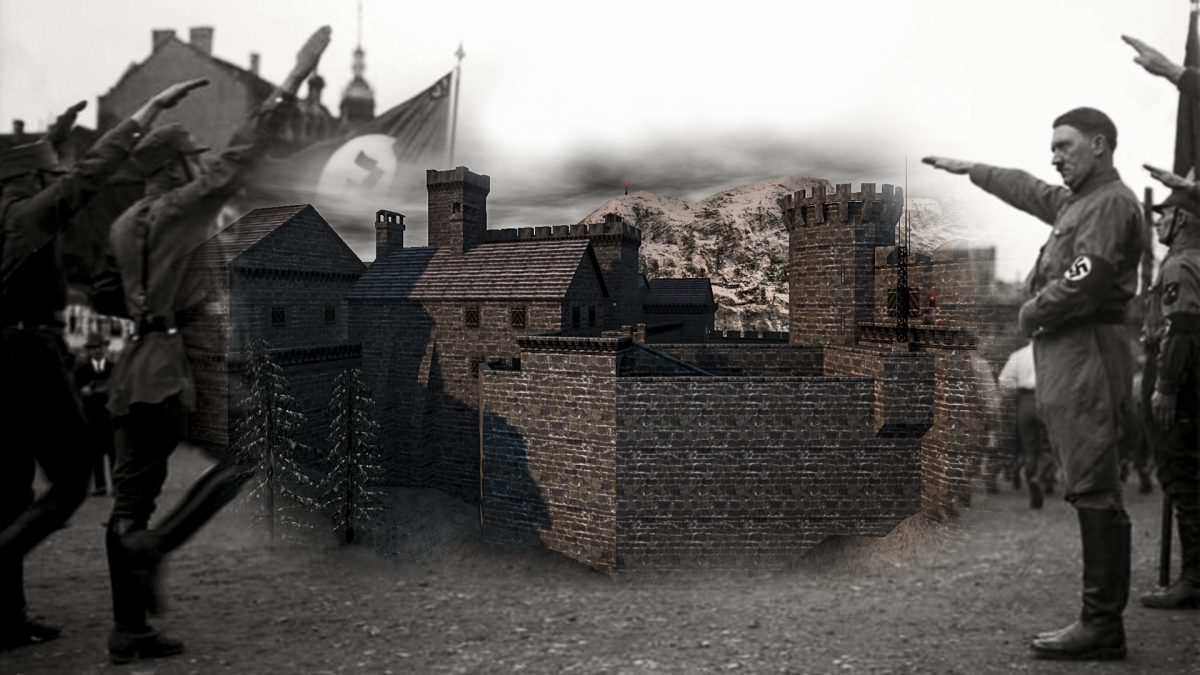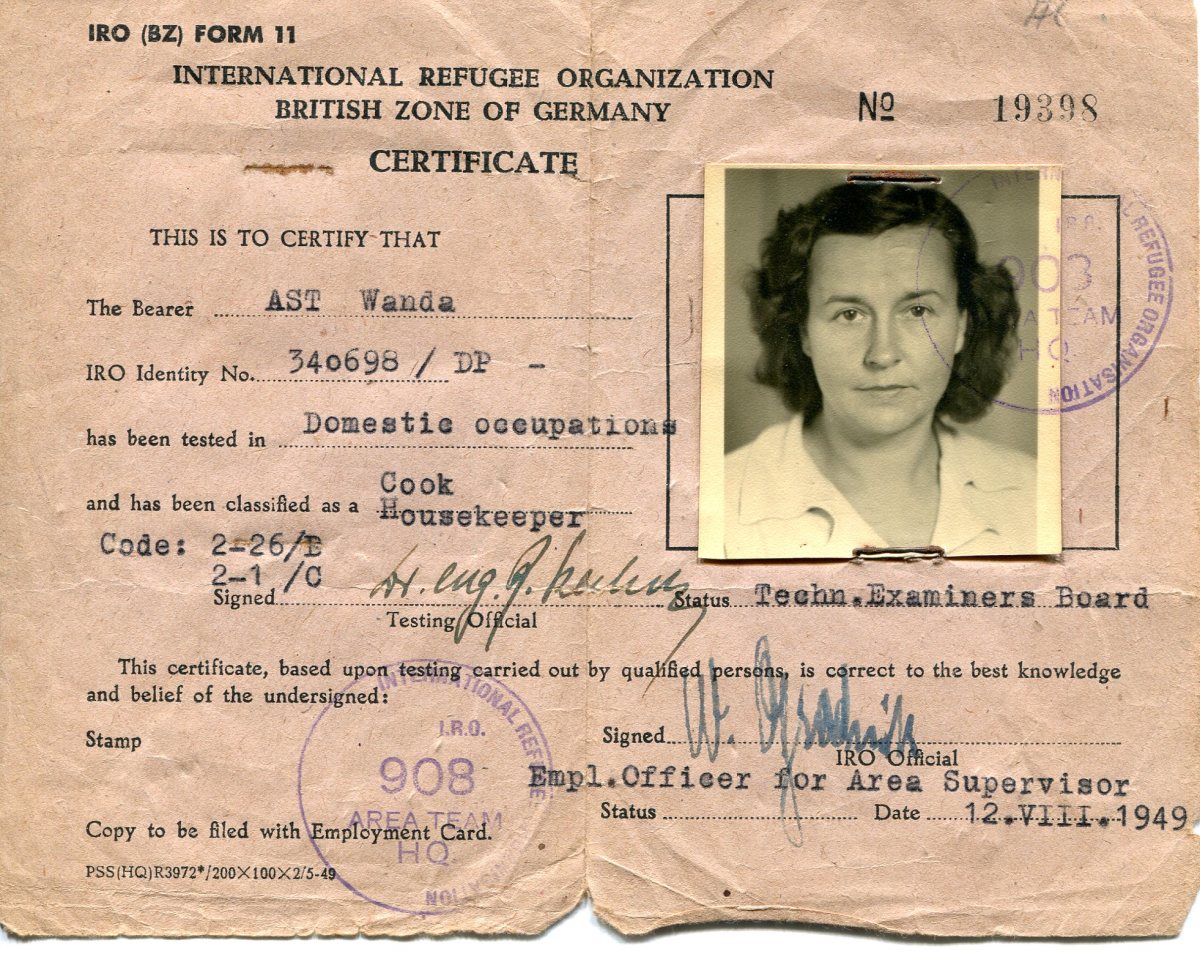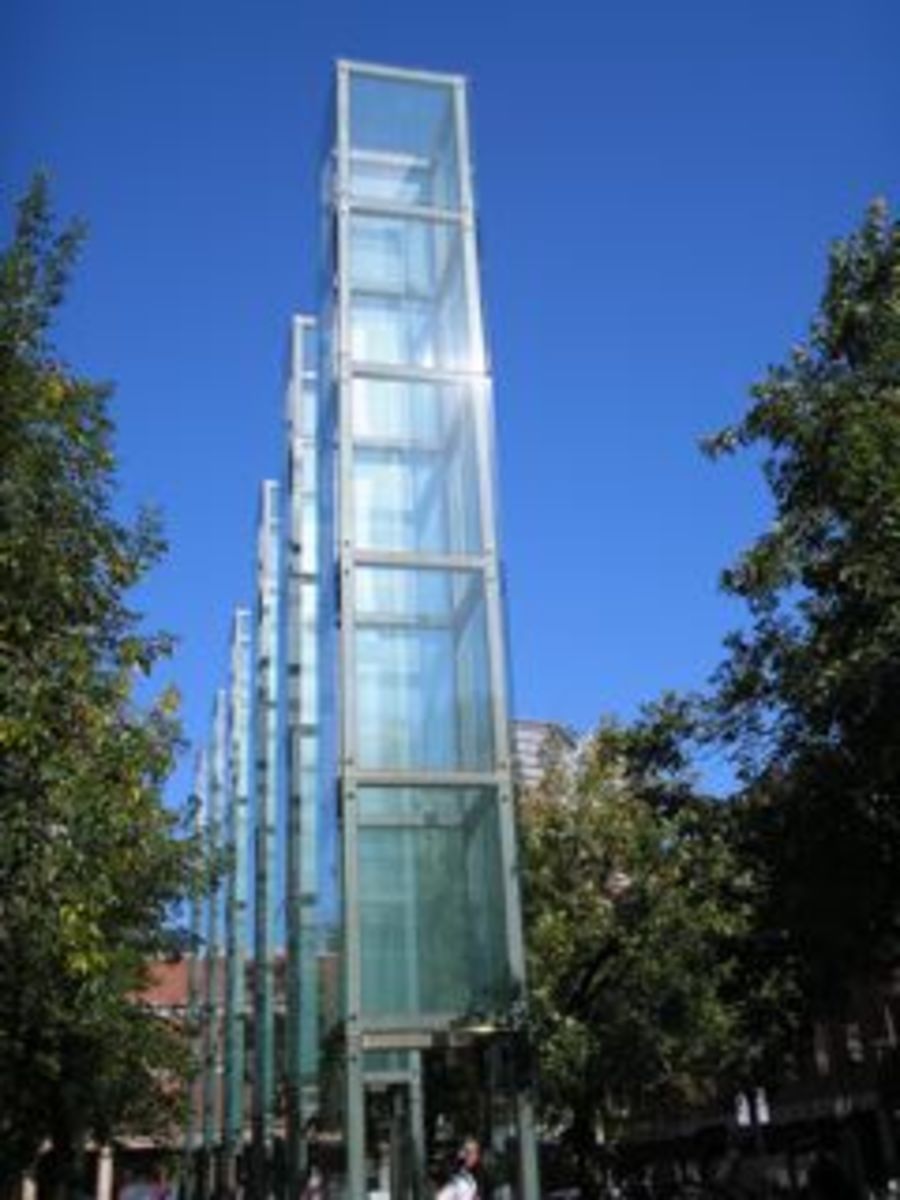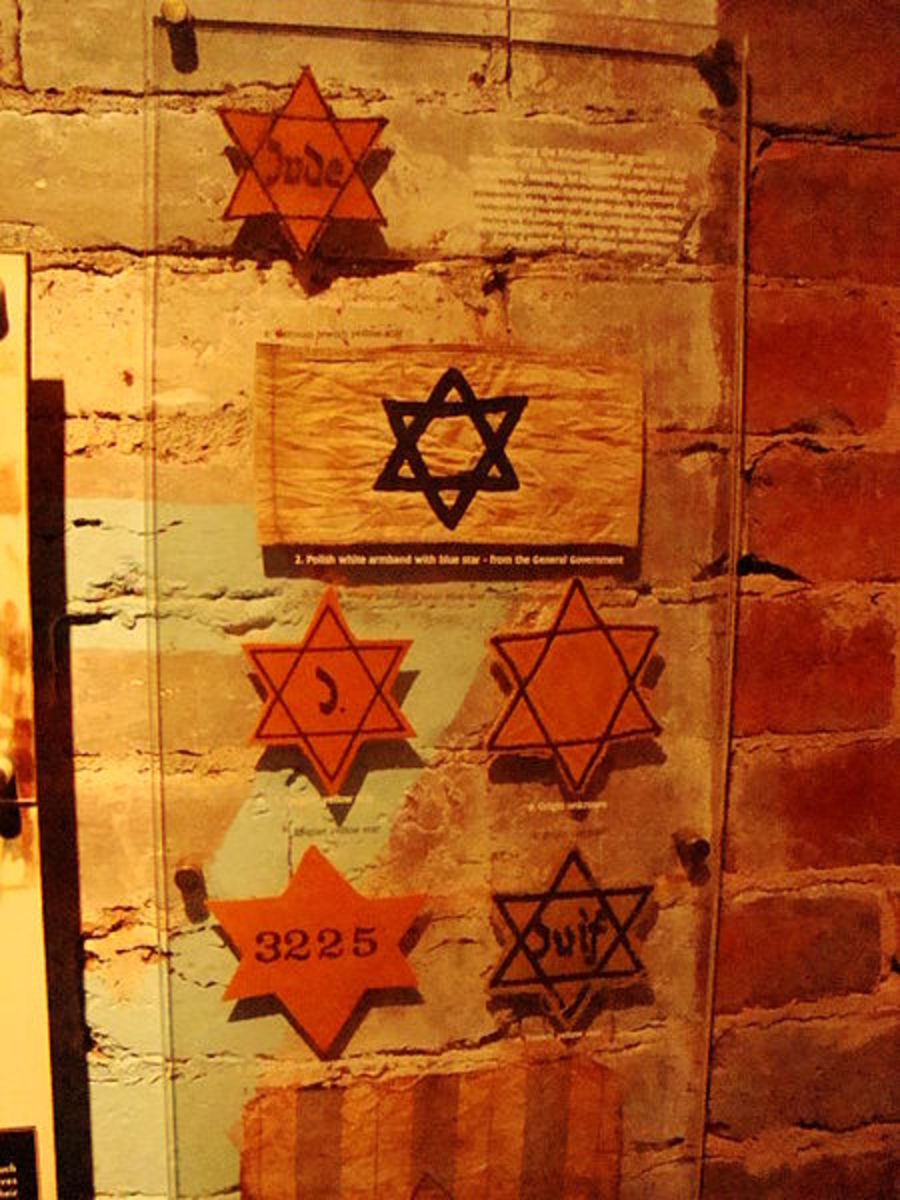- HubPages»
- Education and Science»
- History & Archaeology»
- History of the Modern Era»
- Twentieth Century History»
- World War II
Homosexuals The Forgotten Victims Of The Nazis
1930s Germany to Modern Day Europe
In 1934 by order of Heinrich Himmler a special gestapo division was set up for the arrest of Homosexuals, one of the first acts that this division was the order of ‘pink lists’ from the police from all over germany that had been compiled since 1900 naming those they suspected of being Homosexual.Long before this on May 6th 1933 the Nazis ransacked the ‘Institute of Sexual Science’ in Berlin, taking the books and files they considered to be ungerman to a large public book burning that occurred four days later, destroying them all.
The institute was founded by Dr Magnus Hirschfeld (1868 - 1935) who researched and discussed marital problems, sexually transmitted disease, and also the laws relating to sexual offences, abortion and homosexuality. Himself a homosexual and author of many works he led efforts for three decades to reform the laws criminalizing homosexuality in Germany. At the time of the raid on the institute by the nazis Hirschfeld was in France where he remained till his death. September 1st 1935 an amended version of paragraph 175 of the criminal code (which was originally framed in 1871) came into effect, punishing a broad range of lewd, lascivious behavior between men and completely banning homosexuality in german society with the threat of imprisonment. In 1936 Heinrich Himmler created a ‘Reich Central Office’ for the combatting of homosexuality and abortion. Special Office (IIs) of the executive was its name.The linking of homosexuality with abortion reflected the nazi regimes population policies to promote a higher birth rate of its aryan population. It is known that on February 18th 1937 before a group of high ranking ss officers Heinrich Himmler gave a talk on the dangers that homosexuality and abortion posed in Bad Tolz. Paragraph 175 brought the number of prosecutions to an increase peaking in the years 1937 to 1939 in both Germany and the then Annexed Austria in 1938 half of all the convictions were of homosexual activity under the regime occurred at this time. The police had stepped up raids on known homosexual meeting places, seized address books leading to the arrest of more homosexuals as well as creating vast networks of informants to compile lists of names of those they suspected of homosexual behavior. Between 1933 and 1945 100,000 homosexuals were arrested of these 50,000 were sentenced most were incarcerated in prisons and an estimated 15,000 were imprisoned in concentration camps. It is unknown how many perished to this day but it believed to be more than the 15,000 estimated.
Two concentration camps known for the incarceration of homosexuals were Dachau which was the first concentration camp to open in 1933 and Buchenwald which opened later. All prisoners in the camps wore marks and various colors to make them mor easily identifiable by the camp gaurds and the camp functionaries it is known that the homosexual prisoners wore a black dot and a large 175 drawn on the back of the jacket that they wore, and later a pink triangle appeared (Rosa Winkel).
Conditions in the camps were harsh for the inmates many of whom perished from hunger, disease, cold and brutal treatment. Many survivors have testified that homosexual prisoners who wore the pink triangle were treated particularly more severely by the ss gaurds and also other inmates because of widespread biases against homosexuality. In Buchenwald concentration camp an SS physician ‘Doctor Carl Vaernet’ performed experimental operations designed to convert homosexual men to heterosexual men, this was to insert a capsule (by surgery into a homosexual inmate) that would release the male hormone testosterone thus converting them to heterosexual. Many homosexual prisoners in concentration camps were subjected to medical experiments like this and also were castrated to, such procedures reflected the desire by Heinrich Himmler and others to find a medical solution to homosexuality as he considered it to be mental illness. After the war homosexual prisoners who survived the horrors of the concentration camps were not acknowledged as victims of the nazi persecution until recently and under the allied military government of germany were re-arrested and forced to serve out their term of imprisonment (regardless of their horrific ordeal they had endured in the concentration camps).
The 1935 version of paragraph 175 remained in effect in the ‘federal republic’ (west germany) until 1969 when it was repealed, so for 34 years since it was amended by the nazis, many homosexuals still feared arrest and incarceration long after the liberation of 1945. Recently in Berlin they erected a monument to the homosexual victims of the holocaust and apologized to the gay community in Germany. Homosexuality is more socially accepted in society these days, since gay rights were granted in the 1970s by America and Great Britain and more recently the legalization of gay marriage in 2005 . It is considered very fashionable to have a gay friend, however bigotry against homosexuality is now criminal but does still occur in certain areas.

